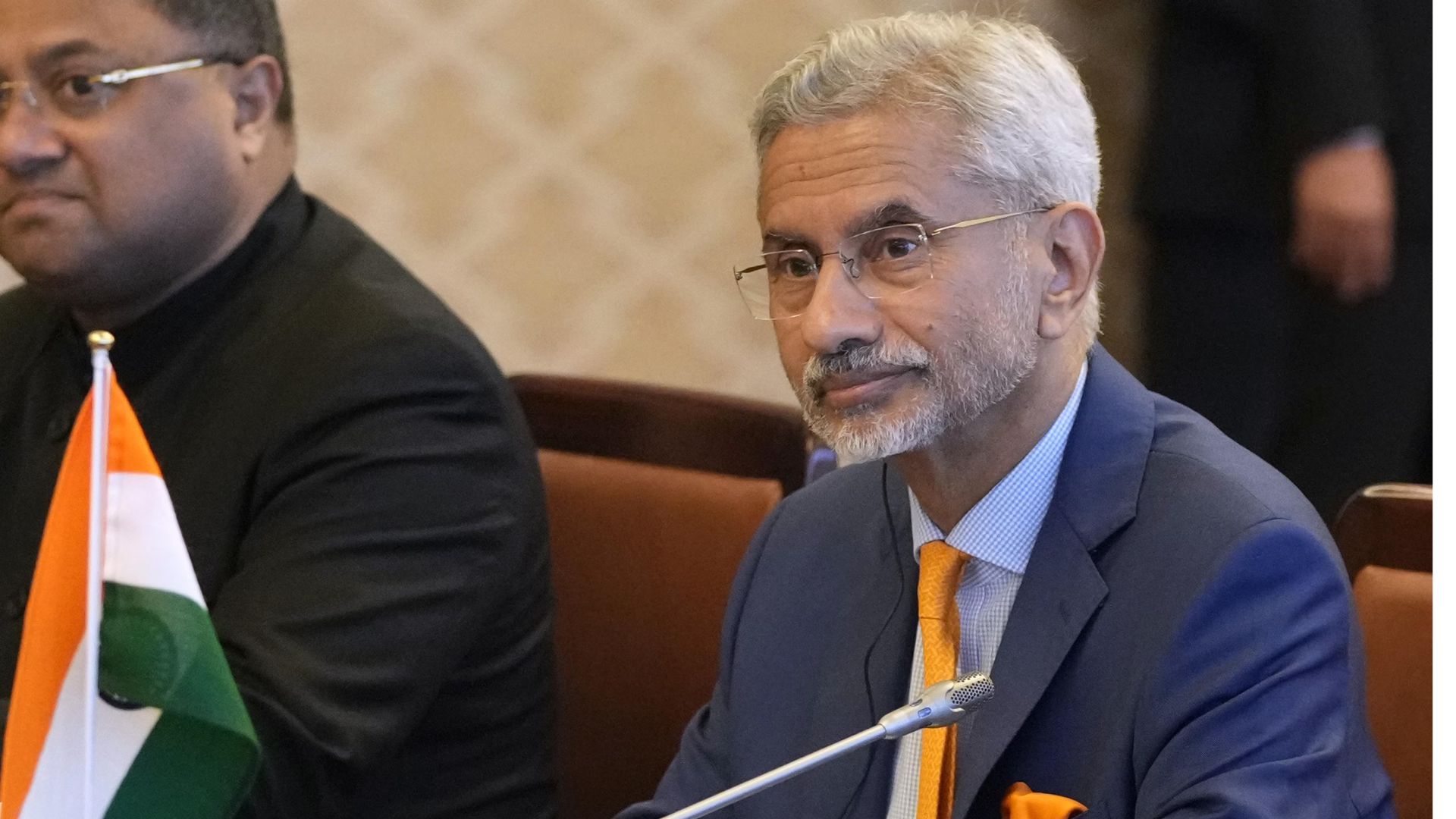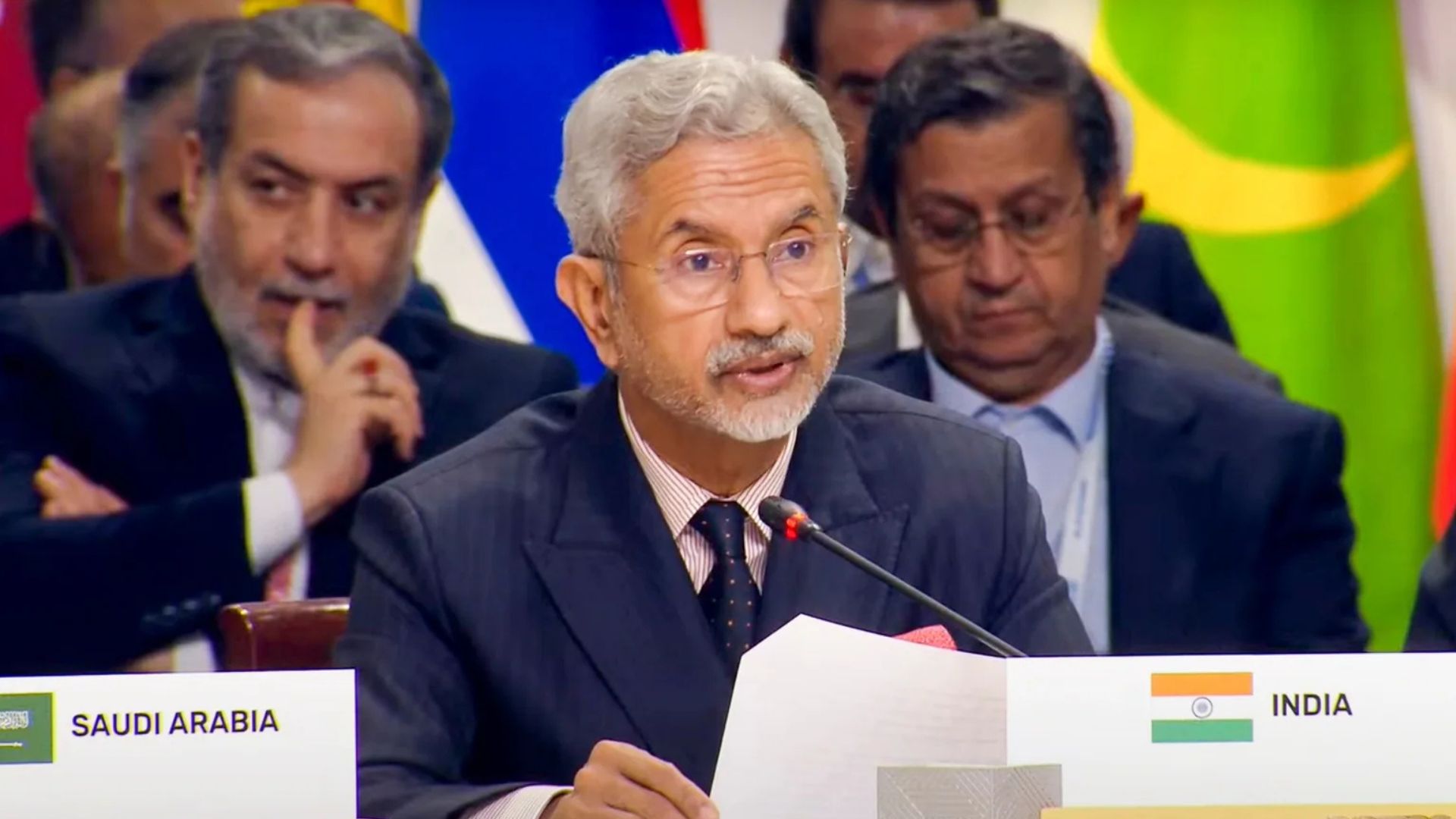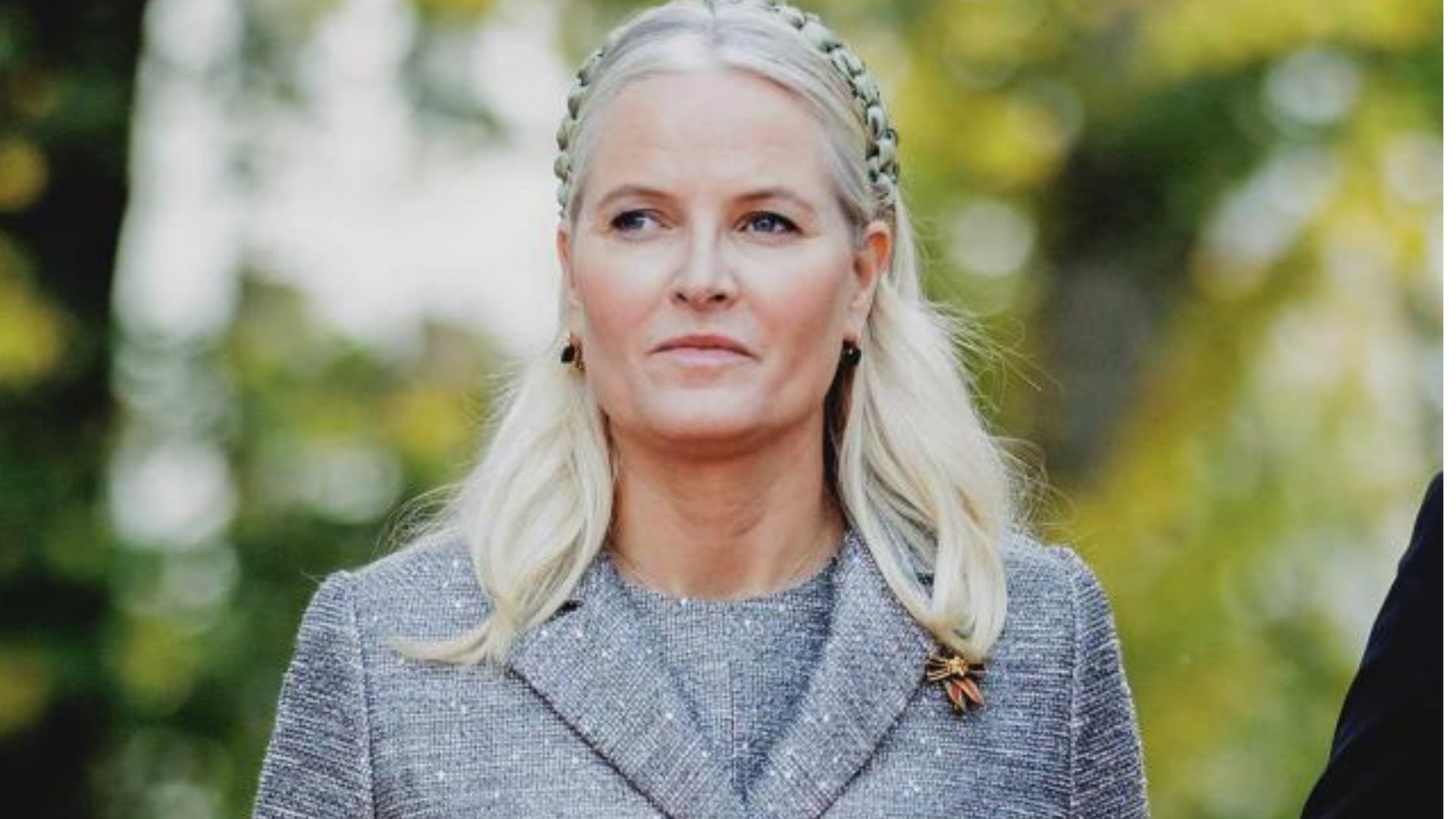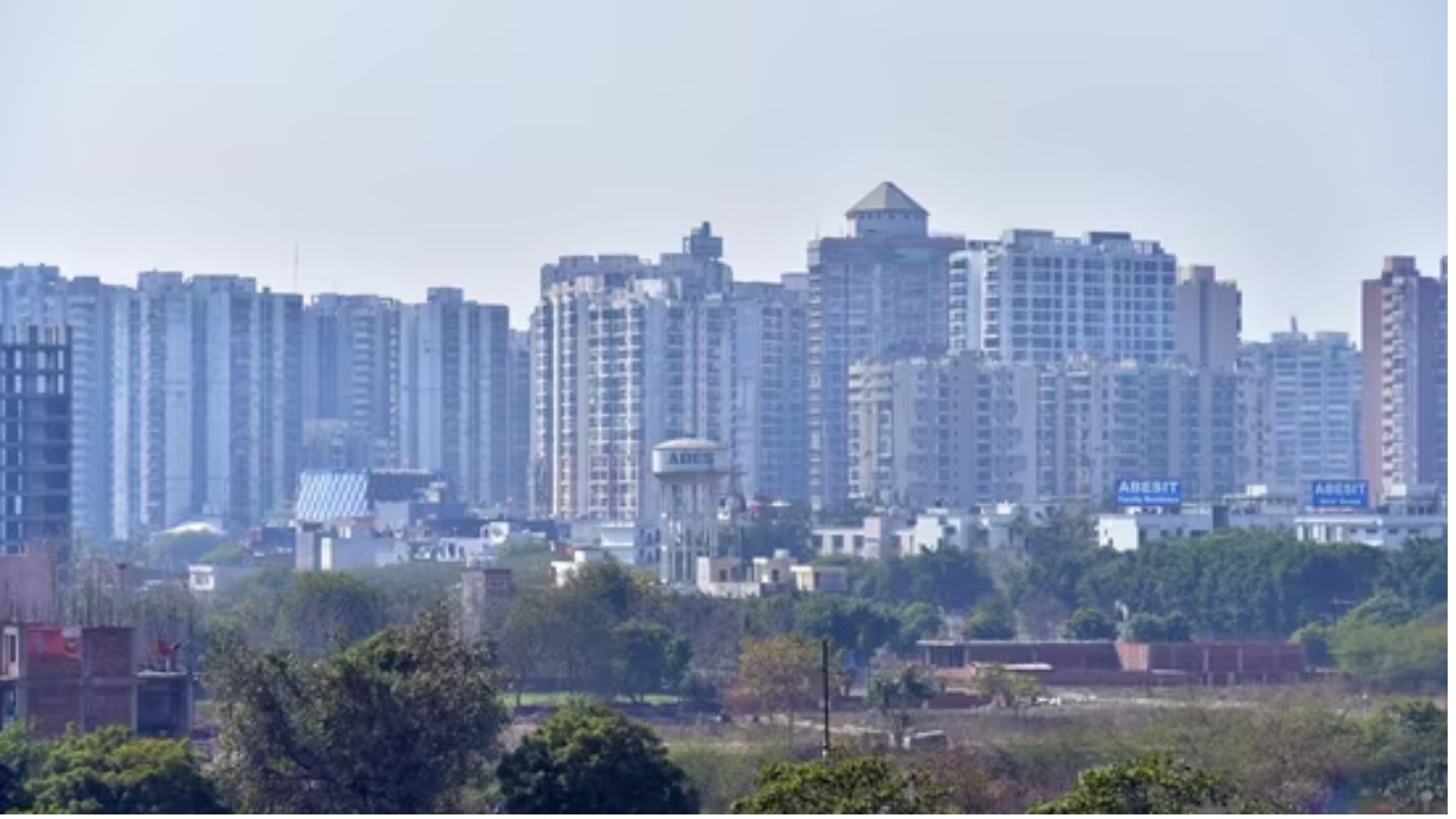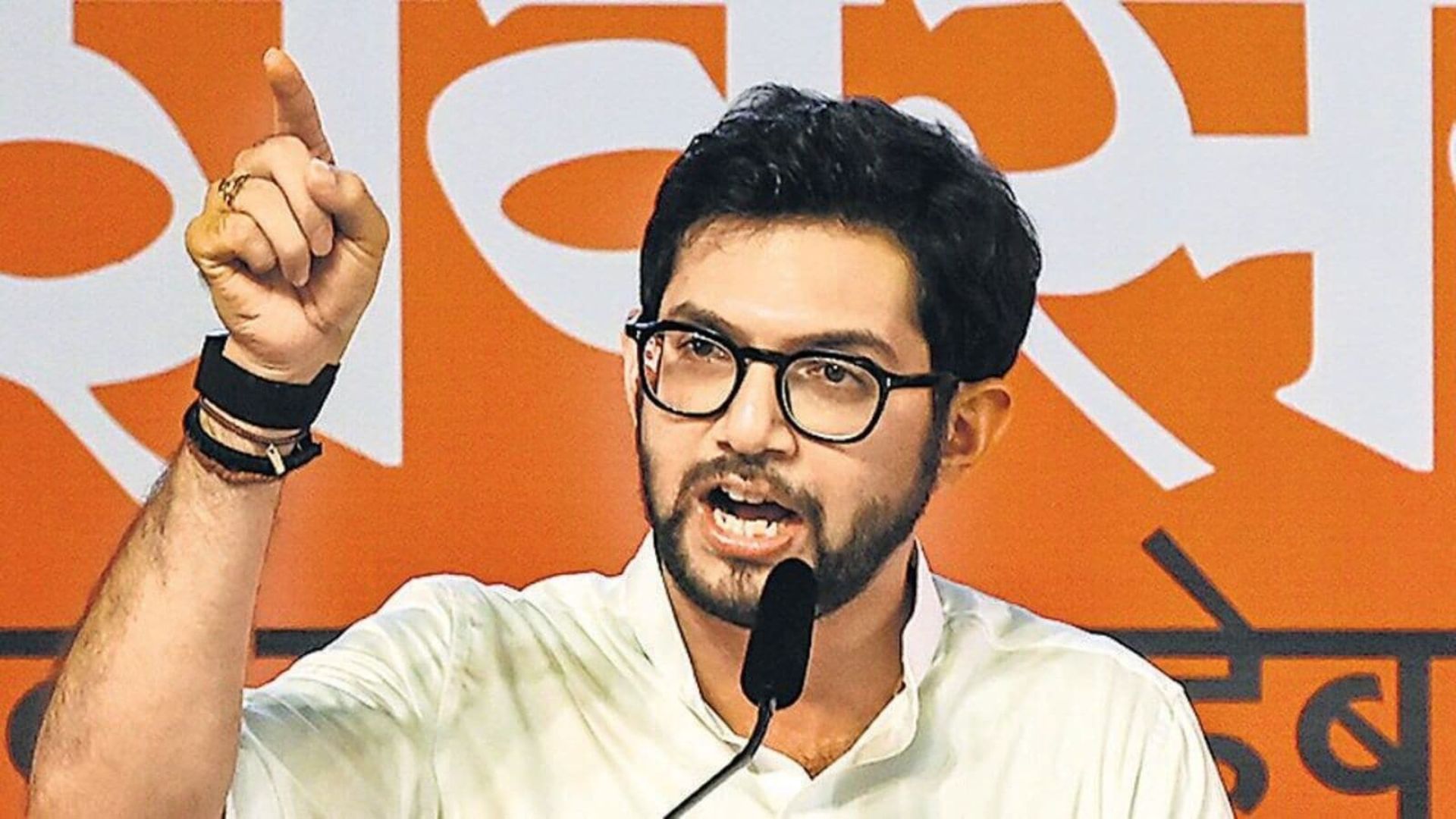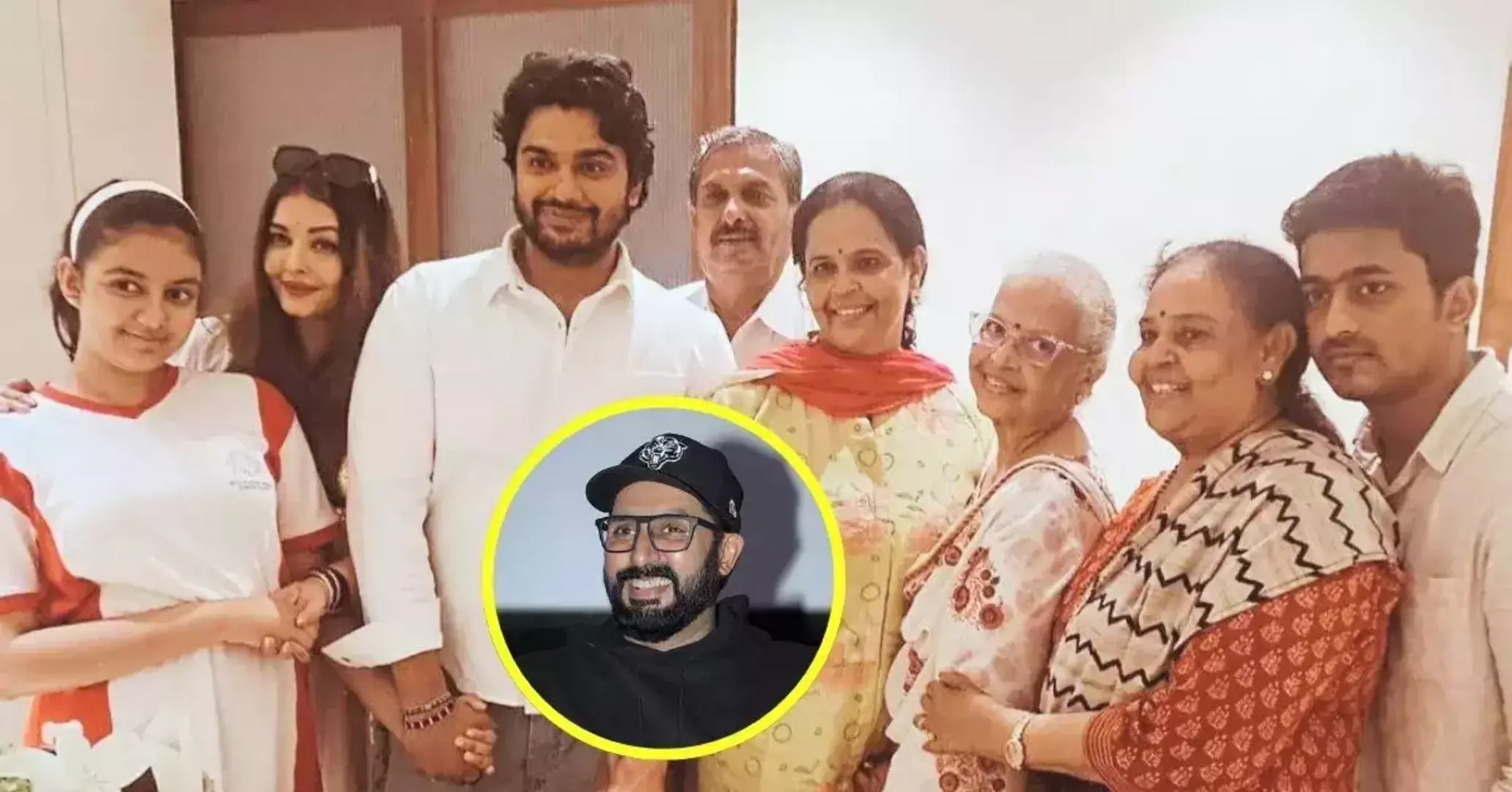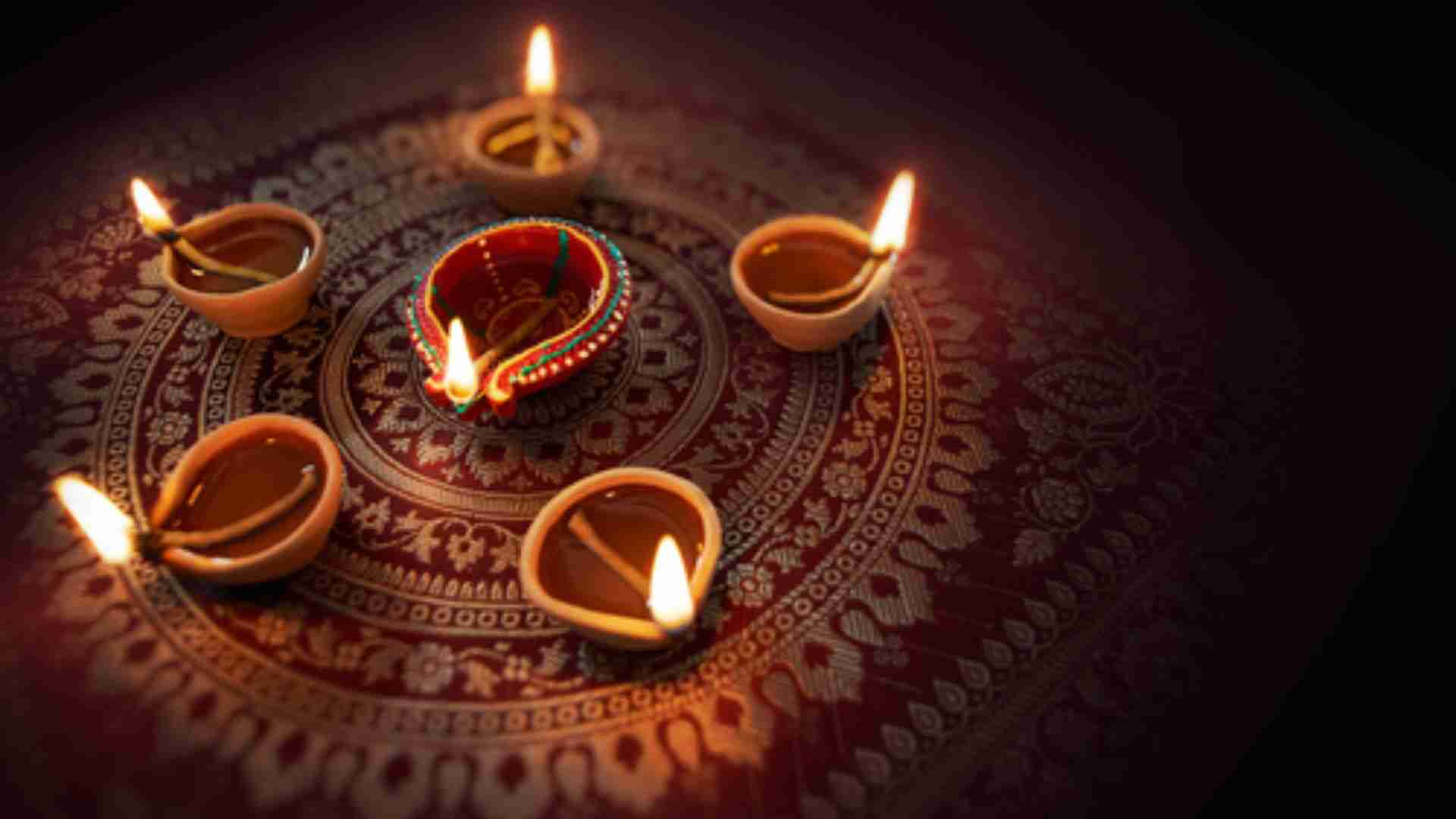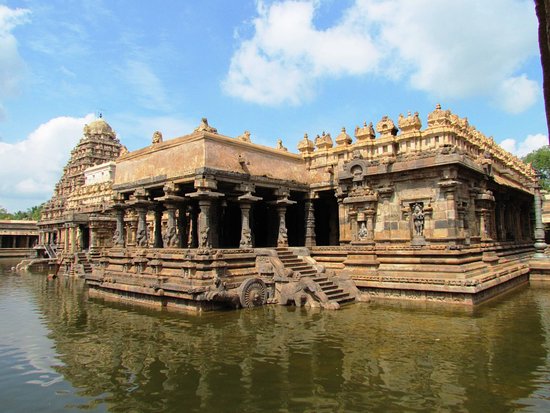
The Imperial Cholas of South India hold the record for being the longest ruling dynasty in Indian history, and is one of the grandest empires that the country has ever seen. Historically their rule goes back into the pre-Christian era, and while there is no exact date of their origin, the dynasty finds a mention in the 13th Ashokan edict (dated 3rd century BCE). Their rule came to end in the 13th century when their arch rival, the Pandyas defeated them and assumed control.
The Airavatesvara temple at Darasuram, a Chola era architectural jewel, was built by Rajaraja II (1143-1173 CE). Despite being smaller than the other two Imperial Chola temples (Brihadeswara temples in Thanjavur and Gangaikondacholapuram), Airavatesvara temple has some sculptural masterpieces that make it stand separate, exemplifying the great heights achieved by the Cholas in the field of art and architecture.
As one enters the Airavatesvara temple, one sees a large gopura whose upper part now stands completely destroyed. However, its grandeur can still be imagined from the relatively smaller gopura that stands inside and remains preserved. It is believed that temple once held seven such walled tiers that were subsequently destroyed during the Delhi Sultanate invasions. The prakara wall that runs around the temple has beautifully sculpted couchant bulls. The smaller gopura which forms the entrance way to the temple premises show pillars in a row decorated with apsaras, ganas, and other motifs. In front of it is a bali-pitha with beautiful carvings of lotus petals, and in front of the bali pitha is the nandi mandapam. The bali pitha is believed to have musical stairs, keeping in tune with the sculpted panels seen all over the temple that are adorned with miniature dancing figures. Music and dance form the basic theme of this temple’s ornamentation: a state of constant joy and entertainment.
As one enters the gopuram the first to appear is the tall dhwaja stambh with the temple mandapa right behind it. There are two ganas -padma nidhi and sankha nidhi on two side niches of the temple mandapa wall that can be seen right after entering the temple premises.
Airavateswara temple has a sanctum with a front hall or agra-mandapam, known as the svasti sri- rajagambhiran tirumandapam. This mandapa is unique, as it has been designed as a chariot on wheels; specifically the Tripurantaka ratha, complete with wheels, spokes, and hubs (in relief), pulled by leaping horses. The mandapa pillars show ornamentation depicting stories from the epics. Another interesting feature of this temple are the miniature panels with inscriptions that tell stories associated with the 63 Nayanmars (Shaiva saints), showing the Chola connect with Shaivism. There is a separate temple for the devi (Devanayaki amma shrine), which is dated later than the main temple.
Airavateswara temple is a marvel carved in stone and the exquisite sculptures and panels showcase the skilled workmanship of the artisans of the Chola period. This is a must visit temple for heritage lovers and
Shaiva devotees.
